Traditional balsamic vinegar: a unique gastronomical delight
Balsamic vinegar has become a very popular, mass market product over the last 20-30 years, and nowadays anyone can find it in almost every supermarket in many foreign countries.
Truth is, however, that most of the times the name “balsamic vinegar” - evoking a special and precious condiment from Italy - is rather misleading. Cheap and even medium-price products on the shelves have very little to do with the original, from the ingredients to the processing.
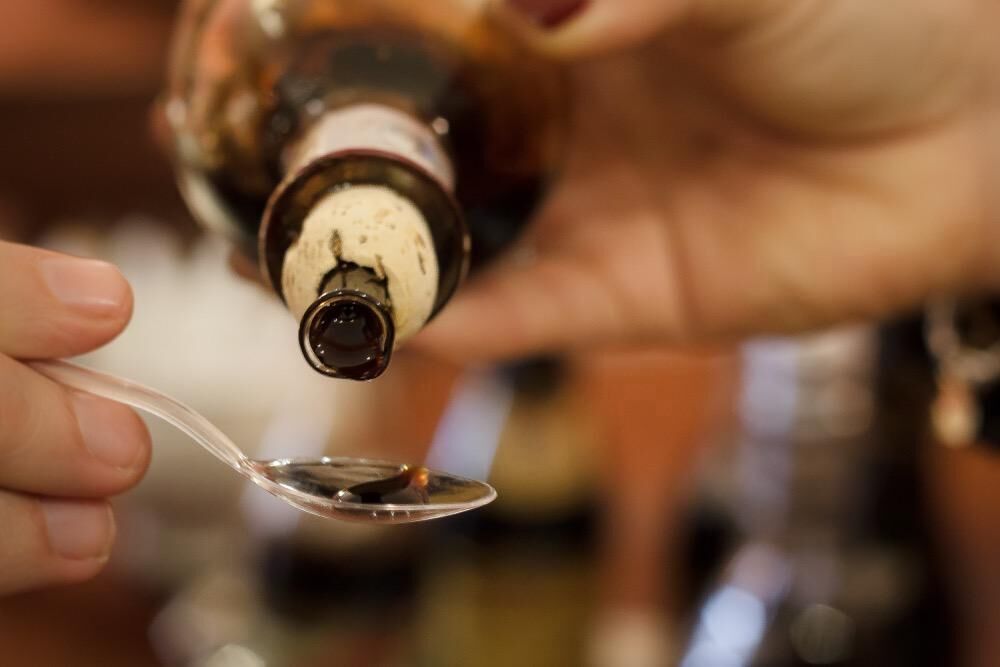
The difference between “balsamic vinegar” and “traditional balsamic vinegar” might sound a futile linguistic distinction, a detail. Nothing could be more wrong. That single word - traditional - means a totally different world, diametrically opposed to the industrial production.
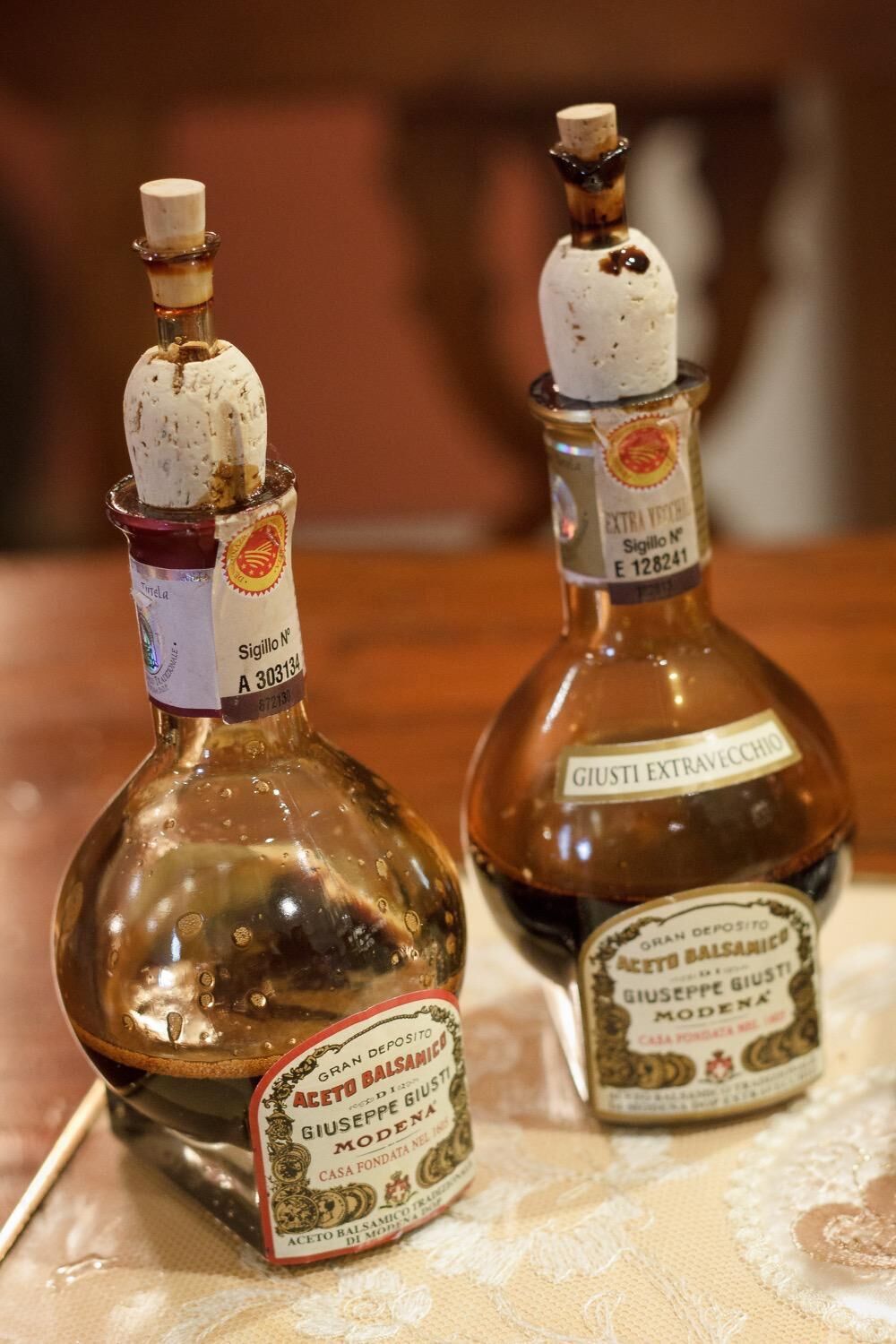
A gastronomical delight, resulting from time, patience and a very specific production process
Unlike the mass-market balsamic vinegar, traditional balsamic vinegar is the result of strict guidelines issued by the Consortia of Modena and of Reggio Emilia (the only two areas where TBV can be produced), whose aim is to safeguard the authenticity of this precious condiment.
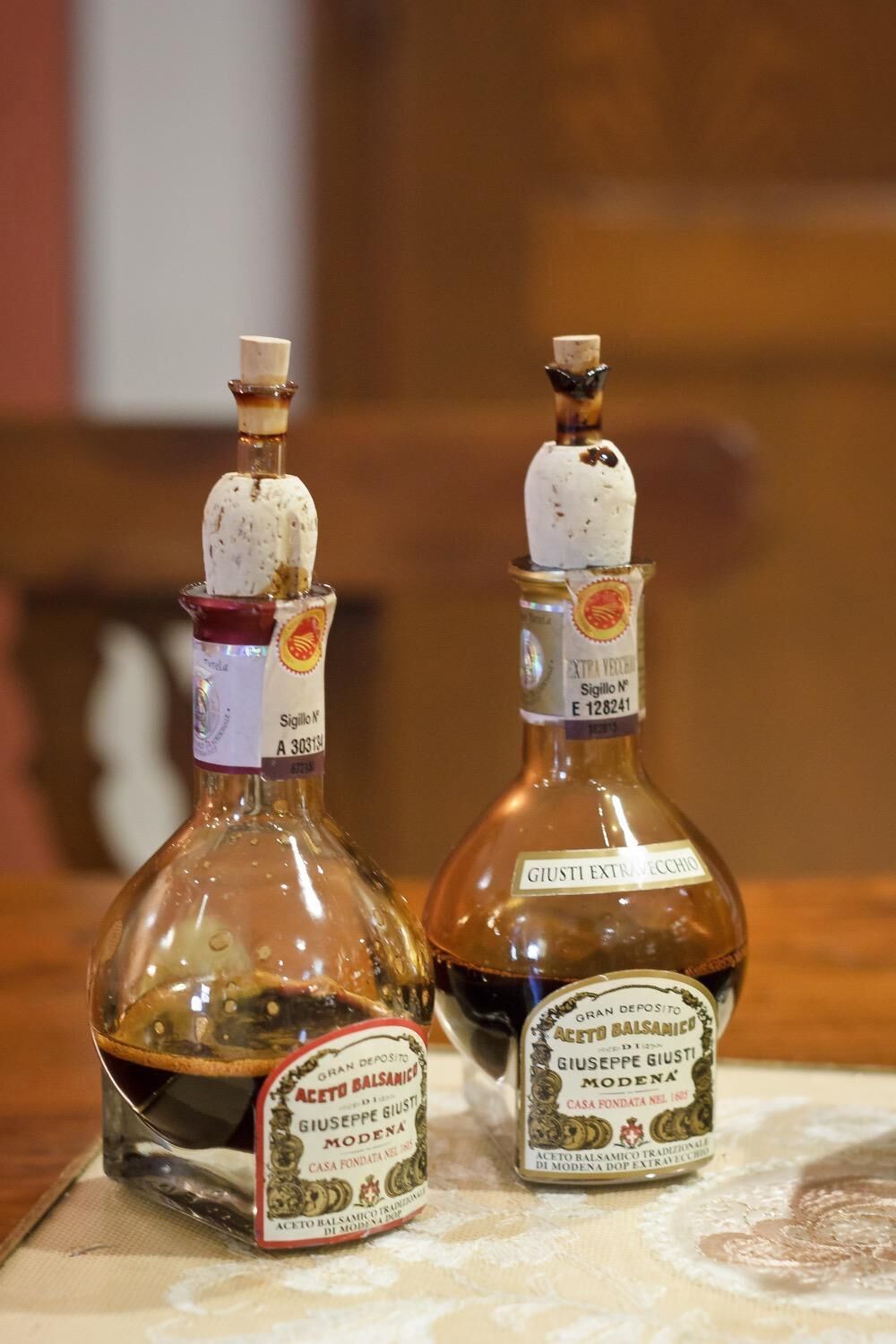
There’s no better way to discover such a unique gastronomical delight than visiting an “acetaia”. There, local producers will proudly explain a centuries old processing, show you the wood casks in which the traditional balsamic vinegar is lovingly produced and, finally, have you taste different sorts.
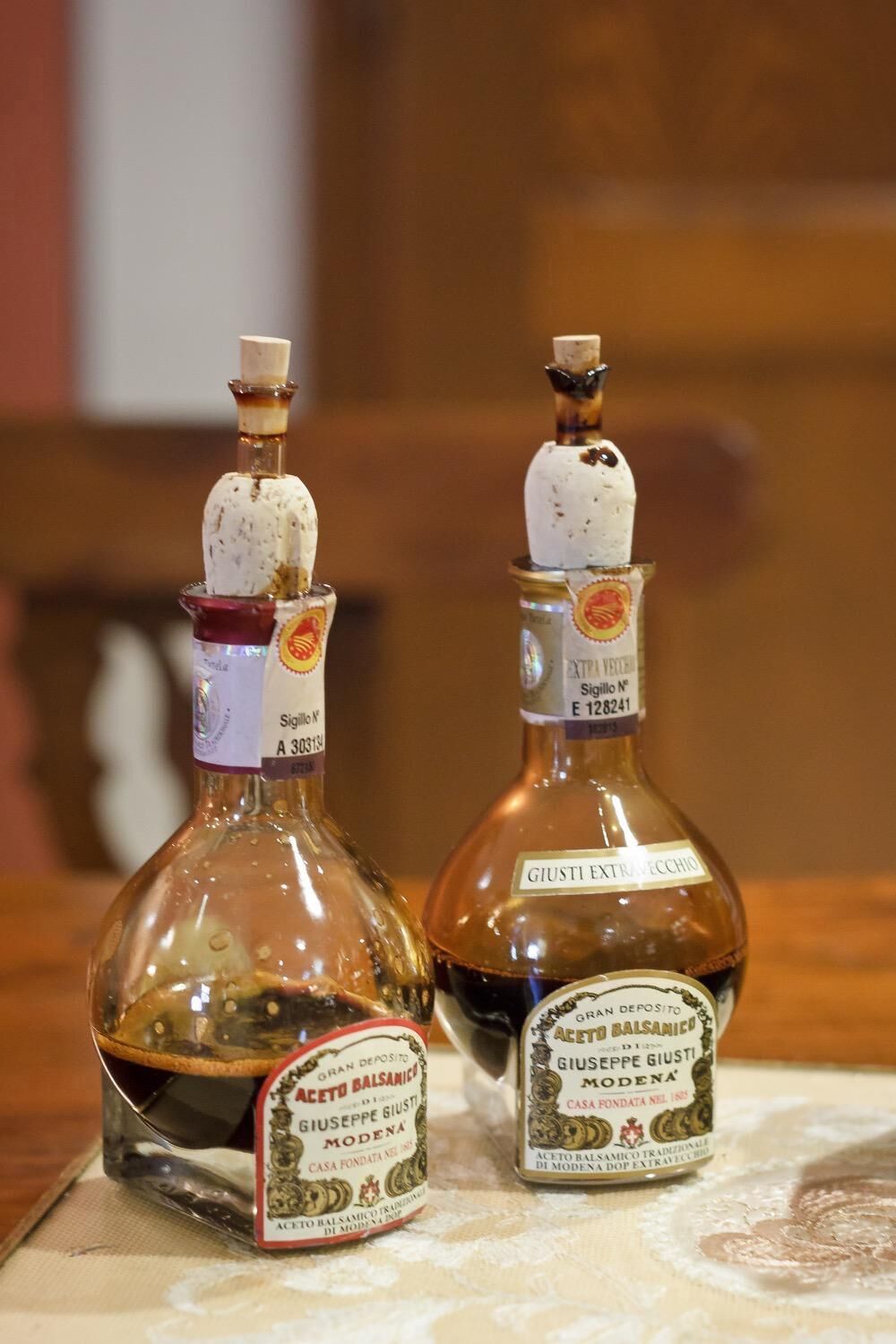
In 1863 Mr Giuseppe Giusti, from the family who still runs the oldest “acetaia” in Modena, wrote the first recipe for the balsamic vinegar, stating that the three most important conditions to get a good traditional balsamic vinegar are:
- the quality of grapes: both the local lambrusco and trebbiano;
- the quality of wood: a barrel set made of 5 different kinds of wood (oak, chestnut, cherry, juniper and mulberry), very important because vinegar will get a mixed and more complex flavour;
- time and patience: after 10 years the traditional balsamic vinegar is good, after 30 years it’s better, after 50 years it gets very very good and after 100 years you have the most precious (at the time, no guidelines were needed, because the producers knew well what to do).
More than 150 years later, these principles are unchanged.
Traditional balsamic vinegar, which is a POD product, is made only of must (while the IGP balsamic vinegar is a mix of wine vinegar and cooked grape must, and no matter how old it is, writing the ageing on the bottle is not allowed). Grapes must be harvested in the Modena or Reggio Emilia areas and processing has to be made in the region. In this area of Italy, where summer is very hot and winter quite cold, there is the perfect climate for the fermentation into the tasks.
Thanks to the Consortia strict guidelines, identifying traditional balsamic vinegar is easy. Besides the cost, for it is an expensive product, the simplest way is to follow a couple of key indicators: the shape of the bottle and the years of ageing.

Although the processing is basically the same, Modena and Reggio Emilia are each ruled by their own Consortium, but the differences are minimal.
Modena traditional balsamic vinegar only comes into two ageing:
- 12 years old, also called “affinato"
- 25+ years old, named “extravecchio”.
Moreover, it is identified by a distinctive bottle, designed by the Italian Giugiaro (the famous automobile designer who styled cars of important brands among which Maserati, Lamborghini, Ferrari, BMW).
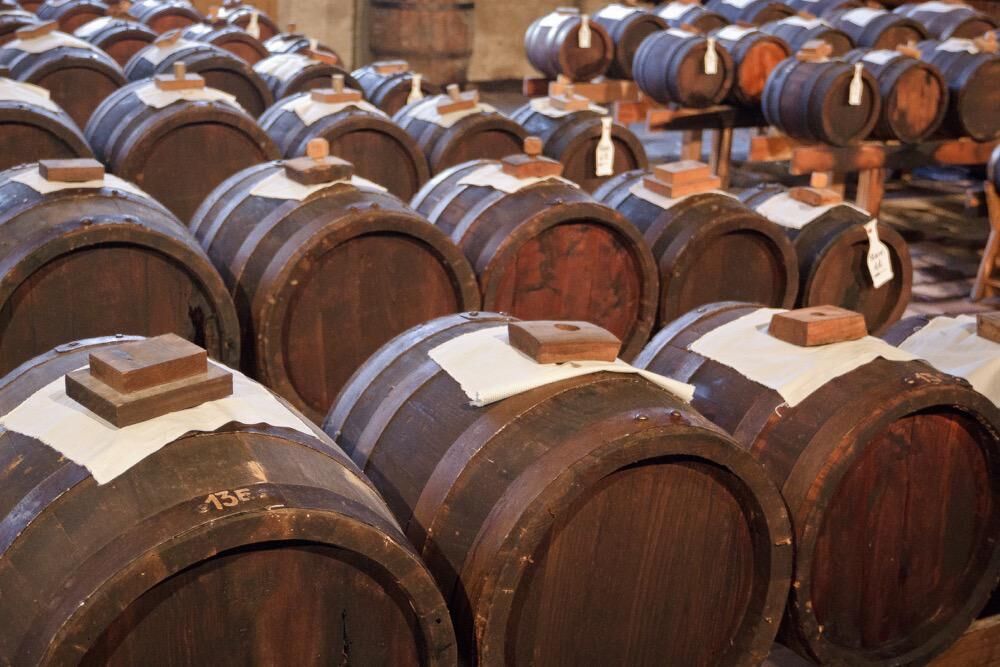
In Reggio Emilia, traditional balsamic vinegar also has a characteristic bottle and is sold under three labels: Lobster for the 12 years old product, Silver for TBV a little older and Gold for the one aged 25+ years.
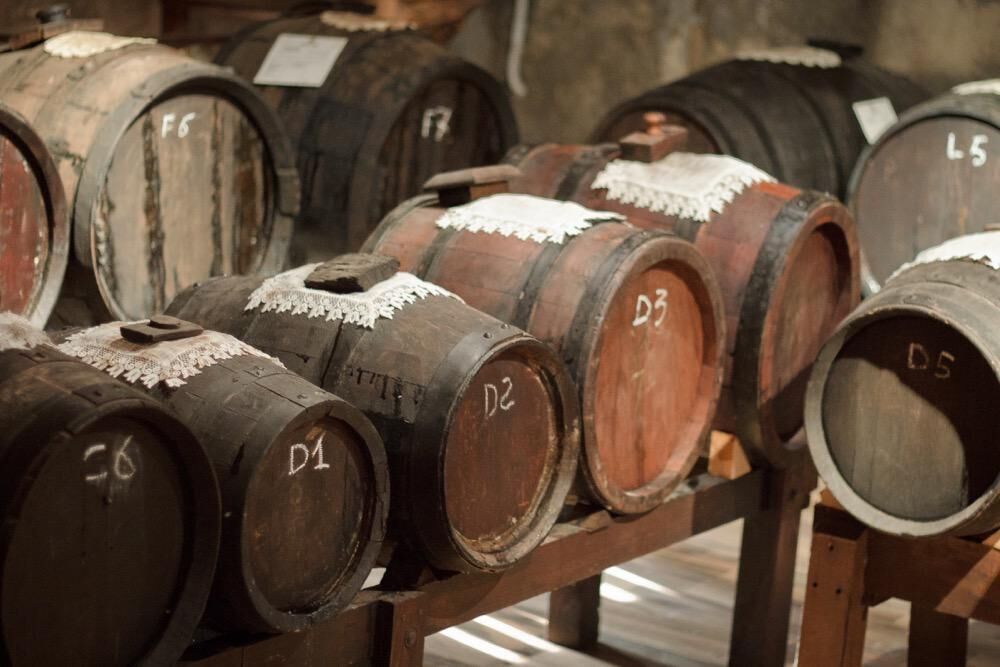
There’s no better way to appreciate the differences than having a tasting session. You’ll discover that traditional balsamic vinegar is a sensorial experience, and learn how to best pair the precious drops. Traditional balsamic vinegar is one of the most fascinating (and delicious) gastronomic delicacies.
Credits
Simon Falvo
Travel addict and social media enthusiast, Simon Falvo is a solo traveler who loves nature, the mountains and isolated places, but she is also passionate about art, architecture and design. One her site Wild About Travel and across social media she shares stories and photos to inspire and encourage people to travel, especially to lesser known areas.
